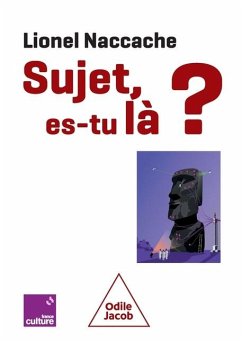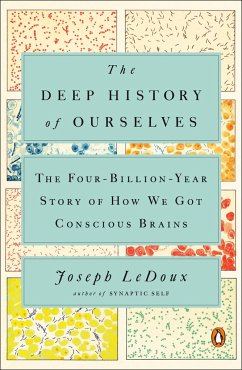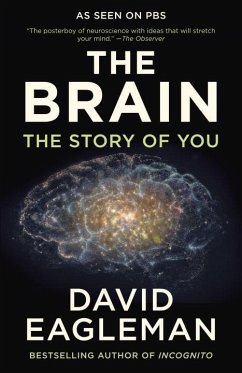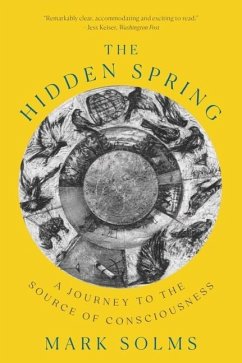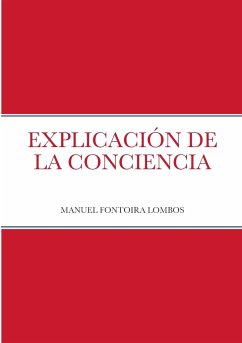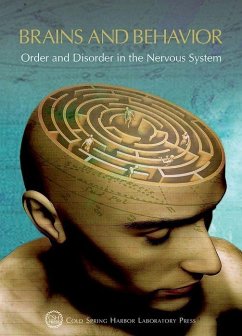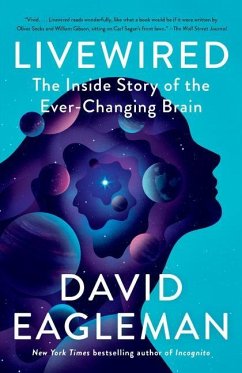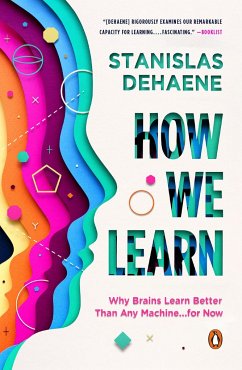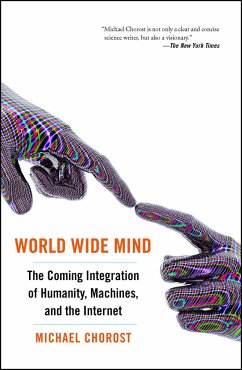
Galileo and the Photodiode / Galilée et la Photodiode
Cerveau, complexité et conscience
Versandkostenfrei!
Versandfertig in über 4 Wochen
41,99 €
inkl. MwSt.

PAYBACK Punkte
21 °P sammeln!
Let us imagine Galileo locked up with a photodiode in a room that alternately lights up and darkens. Both can indicate whether it is lit or not. If Galileo is aware of it, why not say that the photodiode is too? Through a series of thought experiments, which Galileo invented, this book seeks to solve the enigma of consciousness. How is consciousness produced by the brain? Is it always? Is a dreamless sleep a state of consciousness? Do the right brain and the left brain give two different consciousnesses when they are separated? Why does the removal of the cerebellum have no effect on conscious...
Let us imagine Galileo locked up with a photodiode in a room that alternately lights up and darkens. Both can indicate whether it is lit or not. If Galileo is aware of it, why not say that the photodiode is too? Through a series of thought experiments, which Galileo invented, this book seeks to solve the enigma of consciousness. How is consciousness produced by the brain? Is it always? Is a dreamless sleep a state of consciousness? Do the right brain and the left brain give two different consciousnesses when they are separated? Why does the removal of the cerebellum have no effect on consciousness when it has more nerve cells than the brain? By following Galileo step by step, from thought experiment to thought experiment, Giulio Tononi proposes here a scientific theory of consciousness. Giulio Tononi is a professor of psychiatry at the University of Wisconsin in Madison (USA). He published, with Gerald M. Edelman, How Matter Becomes Consciousness.



